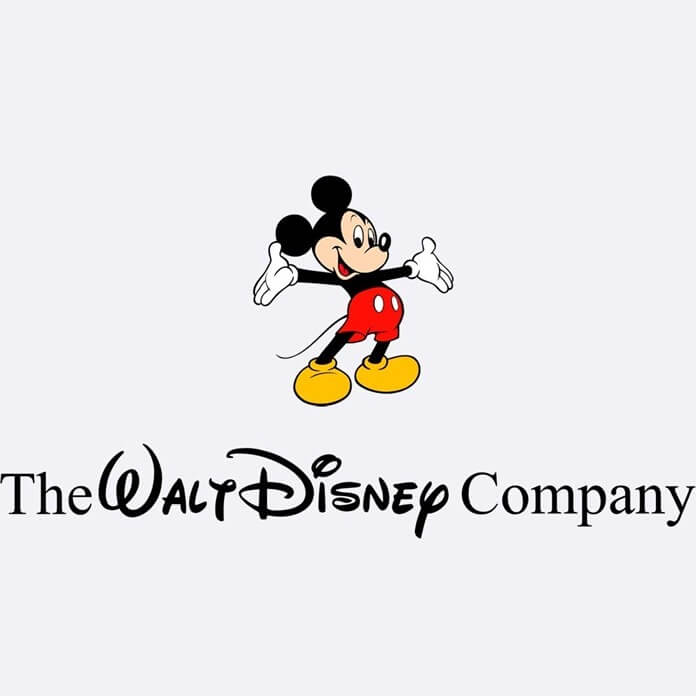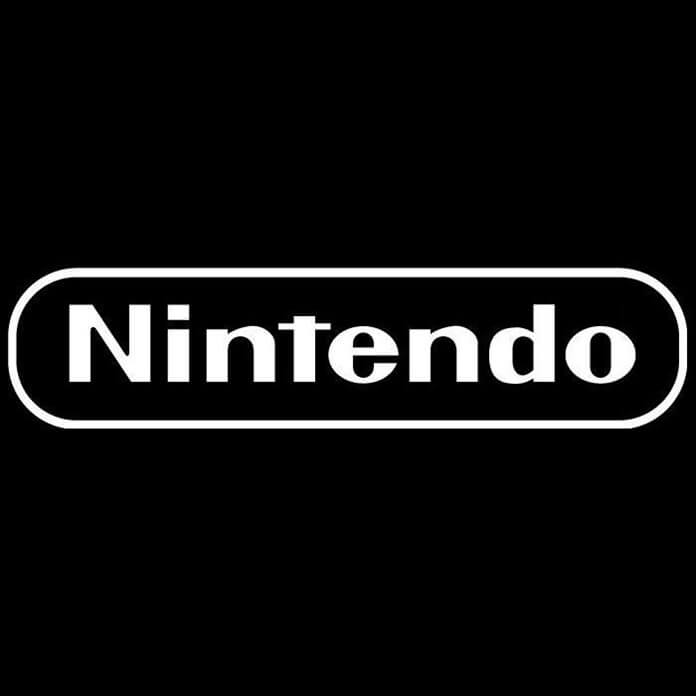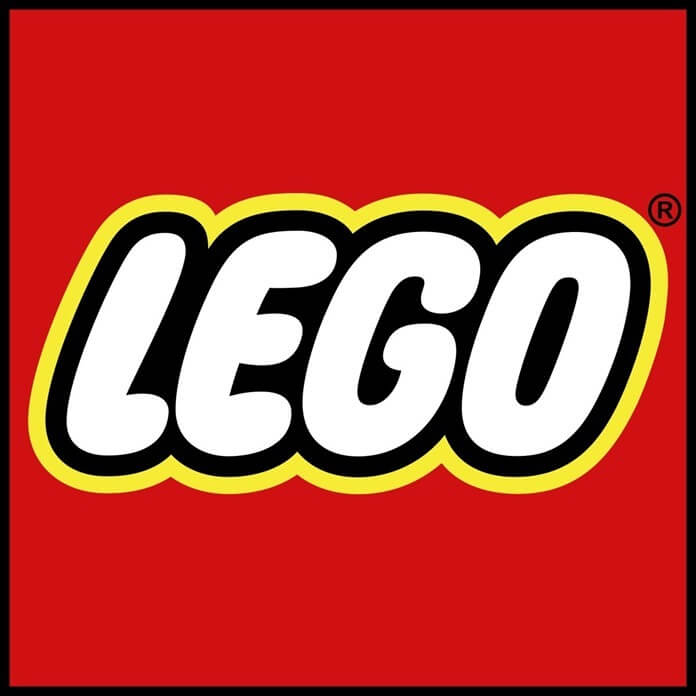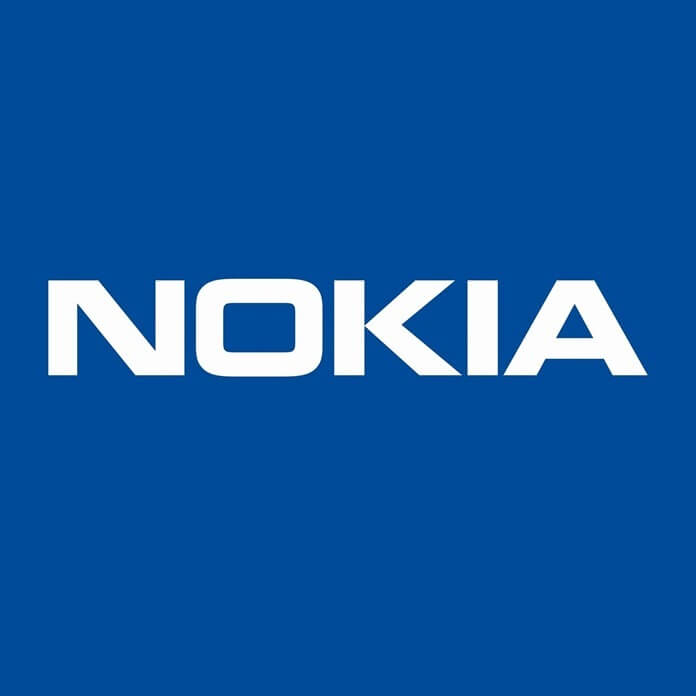Всемирно известные компании кажутся непотопляемыми колоссами, которые устоят в самый сильный шторм на море бизнеса. Однако многим из них приходилось «выбираться из могилы», иногда более одного раза.
В этой статье вы узнаете о десяти популярных брендах, которые были очень близки к банкротству.
10. BMW
 BMW вышла из Второй мировой войны с серьезными финансовыми и инфраструктурными проблемами. Ее заводы были разбомблены, к тому же компании временно запретили возобновлять производство автомобилей. Поэтому она выживала за счет продаж хозтоваров, велосипедов, а позднее и маломощных мотоциклов.
BMW вышла из Второй мировой войны с серьезными финансовыми и инфраструктурными проблемами. Ее заводы были разбомблены, к тому же компании временно запретили возобновлять производство автомобилей. Поэтому она выживала за счет продаж хозтоваров, велосипедов, а позднее и маломощных мотоциклов.
Низкие продажи ее первого послевоенного автомобиля 501 и небольшая прибыль от трехколесной малолитражки Isetta привели BMW к финансовой пропасти. Спортивный родстер 507, представленный в 1956 году, не оправдал ожиданий, а его высокие производственные затраты добавили дополнительную нагрузку на автопроизводителя.
Ситуация была настолько драматичной, что BMW чуть не перешла во владение Mercedes-Benz. Но за несколько месяцев до окончательных переговоров по этой сделке на рынок вышел BMW 700 — маленький седан с задним расположением двигателя и цельным кузовом.
Благодаря превосходной управляемости и простоте обслуживания, 700-й сразу стал хитом и вернул BMW в нужное русло.
За этим авто в 1962 году последовала серия New Class, которая восстановила BMW как солидного и финансово независимого автопроизводителя. Именно New Class в конечном итоге породил культовые модели 3-й и 5-й серии.
9. The Walt Disney Company
 Уолт Дисней — режиссер, мультипликатор и творческий гений — основал свою первую компанию в 1920 году. Студия Laugh-O-Gram, в которой кроме Диснея было еще 5 ключевых фигур, создавала короткометражные рекламные фильмы и мультфильмы. У Диснея даже был договор с нью-йоркской дистрибьюторской компанией на показ его фильмов в кинотеатрах.
Уолт Дисней — режиссер, мультипликатор и творческий гений — основал свою первую компанию в 1920 году. Студия Laugh-O-Gram, в которой кроме Диснея было еще 5 ключевых фигур, создавала короткометражные рекламные фильмы и мультфильмы. У Диснея даже был договор с нью-йоркской дистрибьюторской компанией на показ его фильмов в кинотеатрах.
Но в 1922 году все пошло не так. Дистрибьютор начал выманивать у Диснея деньги, из-за чего режиссеру не хватало средств, необходимых для покрытия его счетов. Столкнувшись с растущими долгами, Уолт Дисней объявил о банкротстве в 1923 году.
В том же году Уолт Дисней создал новую кинокомпанию, взяв ссуду у своих родителей и брата. Его долги были списаны, а новая компания должным образом профинансирована, и в 1928 году Дисней создал своего самого культового персонажа — Микки Мауса. Спустя почти десять лет после этого он выпустил «Белоснежку и семь гномов», а остальное уже история.
8. Starbucks
 Из-за мировой рецессии и сильной конкуренции со стороны Dunkin Donuts и McDonald’s, акции Starbucks потеряли 42% своей стоимости в 2007 году.
Из-за мировой рецессии и сильной конкуренции со стороны Dunkin Donuts и McDonald’s, акции Starbucks потеряли 42% своей стоимости в 2007 году.
С появлением новой линейки горячих бутербродов и растущим вниманием к музыке и товарам, продаваемым в магазинах, компания потеряла свой «аромат» кофейни, сделавший ее популярной.
Говард Шульц вернулся на свою должность генерального директора в январе 2008 года и приступил к работе по модернизации компании. Он начал с того, что сузил фокус Starbucks и поставил кофе на первое место. Также последовали сокращения 600 магазинов и увольнение 12000 сотрудников.
В 2008 году Starbucks закрыла все свои 7100 магазинов в США на несколько часов, чтобы провести курс переподготовки сотрудников. Это было недешево, зато привлекло внимание прессы. Компания также внедрила программу поощрений за лояльность, чтобы удерживать своих клиентов в период экономического спада.
К концу 2010 года компания вернулась на правильный путь, получив почти 11 миллиардов долларов годового дохода.
7. Nintendo
 В 2014 году провал портативной консоли Wii U привел к тому, что компания впервые за свою 125-летнюю историю несла операционные убытки в течение трех финансовых лет подряд. И некоторые отраслевые обозреватели даже задавались вопросом, стоит ли Nintendo по-прежнему производить игровые консоли.
В 2014 году провал портативной консоли Wii U привел к тому, что компания впервые за свою 125-летнюю историю несла операционные убытки в течение трех финансовых лет подряд. И некоторые отраслевые обозреватели даже задавались вопросом, стоит ли Nintendo по-прежнему производить игровые консоли.
Скептики оказались посрамлены в 2017 году, когда вышел Nintendo Switch — гибрид портативного устройства и игровой консоли, позволяющий играть на телевизоре пользователя или на встроенном экране мобильного планшета.
После интеграции консольных и портативных подразделений в 2013 году Nintendo смогла перемещать разработчиков игр между разными проектами, что использовалось для обеспечения стабильного выпуска хорошо зарекомендовавших себя игр.
Компания также исправила долгое время загрузки Wii U, создав оптимизированный процесс, который позволяет игрокам включать устройство и входить в игровой процесс с помощью трех нажатий кнопок.
6. Lego
 В 2003 году, столкнувшись с падением продаж и множеством неудачных коммерческих предприятий, знаменитая компания чуть не обанкротилась. Ее долг на тот момент составлял 800 миллионов долларов.
В 2003 году, столкнувшись с падением продаж и множеством неудачных коммерческих предприятий, знаменитая компания чуть не обанкротилась. Ее долг на тот момент составлял 800 миллионов долларов.
Однако дела Lego наладились, когда в 2004 году на пост директора пришел Йорген Виг Кнудсторп. Он сократил расходы несколькими методами, в том числе:
- избавился от непрофильных активов, таких как тематические парки,
- снизил разнообразие деталей для конструкторов,
- вдвое сократил время от начала разработки до запуска продукции в серию,
- переместил часть своего производства из Дании в менее дорогие районы Мексики и Центральной Европы.
Кроме того, Lego начала сотрудничать с компаниями, производящими видеоигры, и киностудиями для создания кроссоверных медиа. Фильм Lego Movie, снятый Warner Brothers в 2014 году, стал настоящим хитом, который помог Lego увеличить прибыль на 15% по сравнению с прошлым годом.
Компания также поощряет своих фанатов представлять собственные проекты и идеи: победившие работы получают 1% мировых продаж после выпуска продукта.
5. Tesla

Closest we got was about a month. The Model 3 ramp was extreme stress & pain for a long time — from mid 2017 to mid 2019. Production & logistics hell.
— Elon Musk (@elonmusk) November 3, 2020
В начале 2021 года рыночная капитализация компании Илона Маска превысила 770 миллиардов долларов, опередив таких гигантов как Facebook и Tencent.
Однако в одном из своих постов в Twitter Маск признался, что Tesla находилась «в месяце» от банкротства во время запуска производства Model 3 (с середины 2017 до середины 2019 года).
Маск часто говорил о том, что он называет «производственным и логистическим адом», когда новый электромобиль поступает в массовое производство. Однако руководство Tesla до 2020 года никогда не раскрывало, насколько мала была взлетно-посадочная полоса, прежде чем компания могла столкнуться с банкротством.
4. Nokia
 В период с 2007 по 2012 годы Nokia потеряла 96% своей доли рынка, уступив его устройствам Apple и Android. Но благодаря успешному повороту Nokia сегодня существует как компания с оборотом 28 миллиардов долларов и является одним из лидеров рынка сетевого оборудования.
В период с 2007 по 2012 годы Nokia потеряла 96% своей доли рынка, уступив его устройствам Apple и Android. Но благодаря успешному повороту Nokia сегодня существует как компания с оборотом 28 миллиардов долларов и является одним из лидеров рынка сетевого оборудования.
В 2013 году компания продала свой бизнес по производству смартфонов корпорации Microsoft, за что получила 7,6 млрд долларов. Затем Nokia обратила внимание на свой бизнес в области сетевой инфраструктуры.
В июне 2013 года финны заплатили 2,2 миллиарда долларов, чтобы получить полный контроль над совместным с Siemens предприятием по производству телекоммуникационного оборудования. А в 2015 году Nokia купила своего конкурента Alcatel-Lucent за 16,6 млрд долларов.
Однако со смартфонами Nokia не «завязала» окончательно. В 2016 году Microsoft продала мобильный бизнес Nokia финской компании под названием HMD Global. Теперь она и занимается разработкой и продажами устройств под брендом Nokia, а одноименная компания получает роялти за патенты.
3. General Motors
 В 2009 году США предприняли одну из самых выдающихся интервенций в частный сектор в истории страны. Правительство вложило в General Motors почти 50 миллиардов долларов в обмен на 60% акций обанкротившегося автопроизводителя.
В 2009 году США предприняли одну из самых выдающихся интервенций в частный сектор в истории страны. Правительство вложило в General Motors почти 50 миллиардов долларов в обмен на 60% акций обанкротившегося автопроизводителя.
Тогдашний генеральный директор Фриц Хендерсон попросил уйти в отставку более 400 из 1300 руководителей компании, за этим последовало сокращение автосалонов, сотрудников и целых подразделений, таких как Pontiac и Saturn. Благодаря этим изменениям к концу 2013 года изрядно «похудевший» GM достиг рентабельности в течение 15 кварталов подряд.
Однако 2014 год принес плохие новости – неисправность в замке зажигания привела к многочисленным авариям со смертельным исходом, и отзыву почти 30 миллионов автомобилей. Этот шаг обошелся GM более чем в 4 миллиарда долларов.
За прошедшие с тех пор годы компания восстановилась под руководством Мэри Барра, первой женщины-генерального директора компании и ветерана GM.
2. Marvel
 Околосмертные переживания — обычное явление для персонажей Marvel, но их пережила и компания, их создавшая.
Околосмертные переживания — обычное явление для персонажей Marvel, но их пережила и компания, их создавшая.
Marvel обанкротилась в конце 1996 года после того, как рынок коллекционеров комиксов потерпел крах. Благодаря помощи Исаака Перлмуттера и его компании игрушек Toy Biz ей удалось выбраться из финансовой ямы в июле 1997 года и быстро найти стабильную основу в Marvel Studios, которая была создана незадолго до банкротства.
В то время как предыдущие кинопроекты Marvel откладывались после продажи крупным студиям, новая студия позволила Marvel ускорить процесс, заказав сценарии и наняв ключевых актеров и режиссеров. Такие фильмы, как «Блейд», «Люди Икс» и особенно «Человек-паук» имели успех в прокате, а Marvel получила огромный рост продаж комиксов и другие возможности лицензирования.
Но львиная доля сборов доставалась киностудиям, владевшим правами на персонажей Marvel, такие как Sony Pictures. Первые два фильма о Человеке-пауке собрали во всем мире 3 миллиарда долларов, а Marvel из них досталось всего 62 миллиона долларов.
В итоге совет директоров Marvel пошел на потенциально рискованную сделку с Merrill Lynch по финансированию производства фильмов Marvel от начала до конца. И первым фильмом, снятым в рамках новой сделки, стал «Железный человек». Он собрал в мировом прокате почти 600 миллионов долларов.
Успех картины вдохновил Disney на приобретение компании за 4 миллиарда долларов в 2009 году и стал решающим фактором для создания кинематографической вселенной Marvel, которая с тех пор только растет.
1. Apple
 Сегодня почти невозможно представить мир без Apple, но в 1997 году эта компания была «на аппарате жизнеобеспечения», когда в нее, после длительного перерыва, вернулся Стив Джобс.
Сегодня почти невозможно представить мир без Apple, но в 1997 году эта компания была «на аппарате жизнеобеспечения», когда в нее, после длительного перерыва, вернулся Стив Джобс.
Согласно биографии Джобса, написанной Уолтером Айзексоном, до банкротства компании оставалось 90 дней.
Восстановление Apple началось с инвестиций Microsoft в размере 150 миллионов долларов. Они стали частью мирного пакта, заключенного Microsoft ради защиты от антимонопольных обвинений. Компания Билла Гейтса удерживала на плаву своего крупнейшего конкурента.
Затем Джобс приступил к работе по сокращению предложения продуктов Apple, чтобы компания могла сосредоточиться на продаже небольшого количества инновационных устройств. Он уволил 3000 сотрудников и прекратил выпуск около 70% продуктов Apple, включая Newton MessagePad.
Эти меры окупились в следующем году, с выпуском iMac. Этот удобный для потребителя настольный компьютер с изящным, полупрозрачным дизайном и простой настройкой Интернета был продан почти 800 000 единиц за первые 5 месяцев. Успех продукта сделал 1998 год первым прибыльным годом для Apple с 1995 года.
Сегодня Apple — это компания стоимостью 300 миллиардов долларов, и синоним привлекательного дизайна гаджетов. Но всего этого могло бы никогда не случиться без финансовой помощи Microsoft и титанических усилий Стива Джобса.
📚 Не пропустите интересную информацию:
-
Животные которые умеют считать: удивительные математические способности в дикой природе
Многие люди считают, что математика — исключительно человеческая наука. Однако исследования последних десятилетий показывают, что животные которые умеют считать встречаются гораздо чаще, чем мы думали.... -
10 невероятных фактов о пиве, которые перевернут ваше представление о нём
Пиво — напиток с многотысячелетней историей, но даже в наш просвещённый век оно продолжает удивлять. Где-то его варят на основе древних рецептов, где-то — из... -
Краткое содержание и концовка 7-го эпизода «MobLand»: Брендан жив или мертв?
В 6-м эпизоде MobLand Конрад признался, что именно он заказал убийство Врона. Затем Харриганы начали звонить Ричи и издеваться над ним за то, что он... -
Почему компьютеры тормозят? 7 неожиданных причин, которые могут вас застать врасплох
Всё было нормально, и вдруг — мышка еле ползёт, вкладки в браузере открываются вечность, а любимая игра превращается в слайд-шоу. Почему компьютер тормозит? Казалось бы,... -
Технологии 2026: Технологический прорыв, который изменит мир в 2026 году
Стремительное развитие технологий в ближайшие годы приведет к прорывам в космонавтике, медицине, энергетике и других сферах. Уже к 2026 году ожидается создание космических аппаратов, способных...







